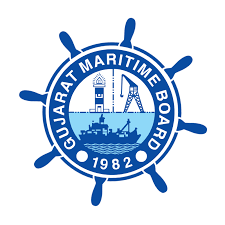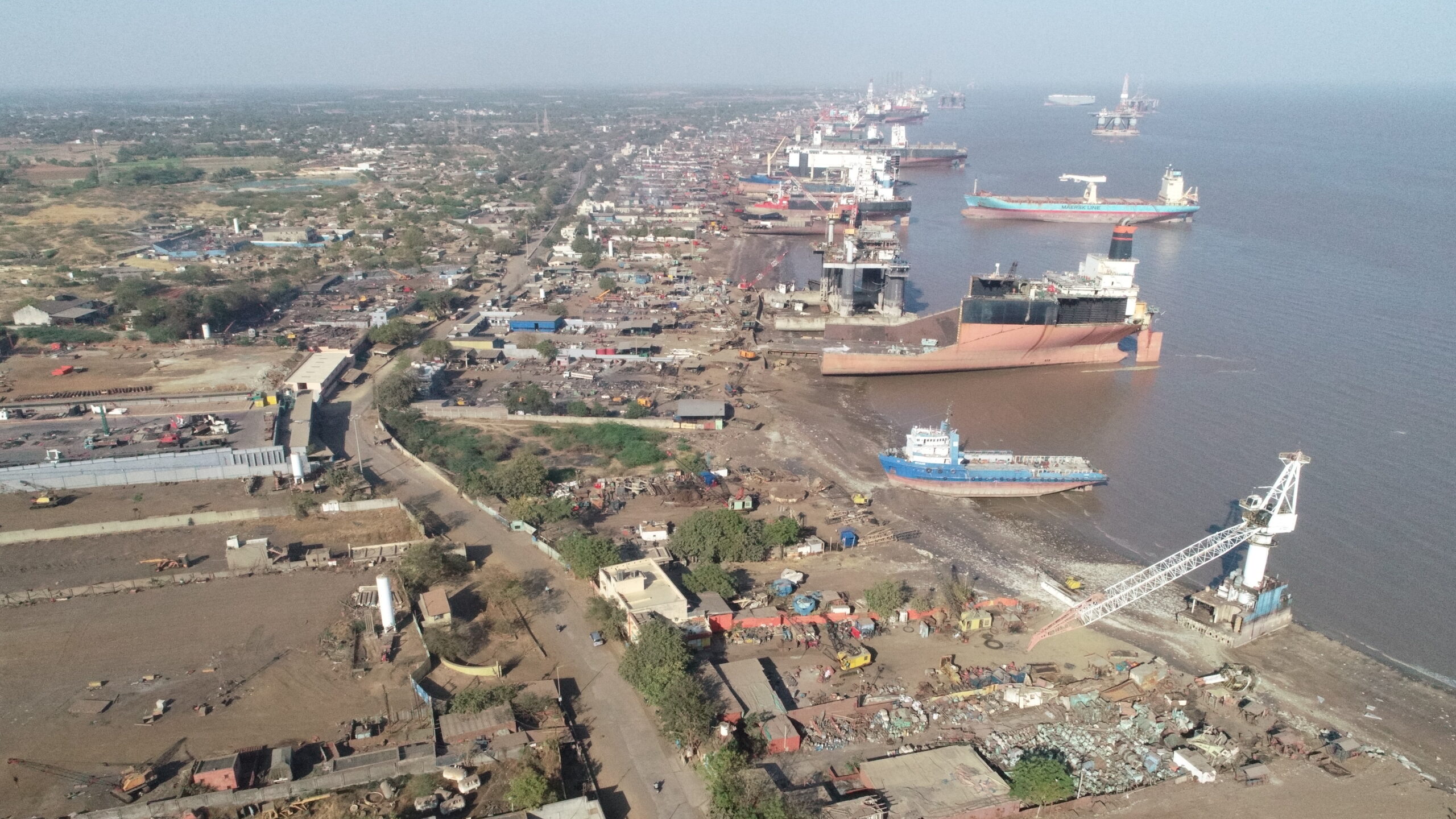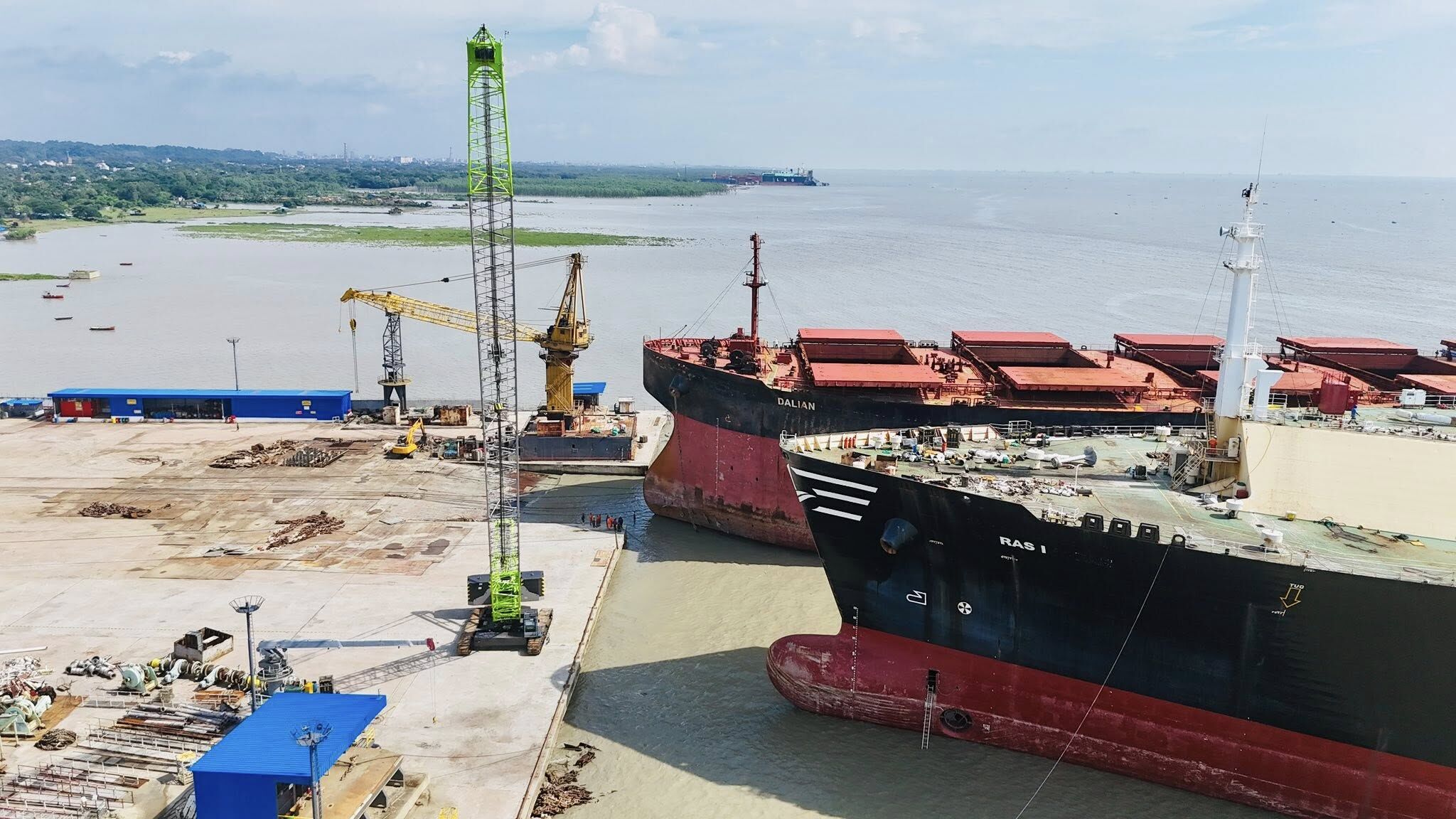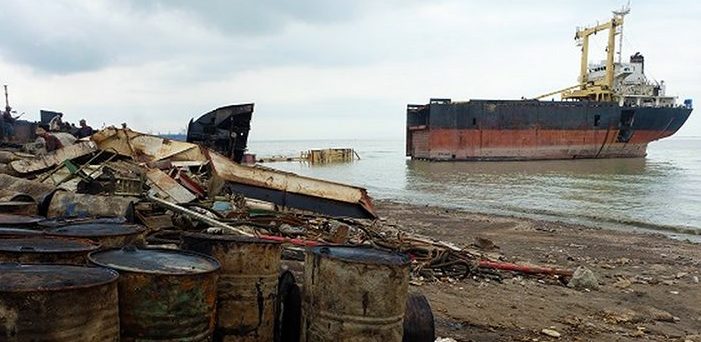Maersk Line Orders LNG Dual-Fuel Container Ships Amid Shifting Fuel Strategy
In a significant development for the maritime industry, Maersk Line, the world’s second-largest container shipping company, has reportedly ordered up to twelve liquefied natural gas (LNG) dual-fuel container ships from New Times Shipbuilding in China. This move has sparked speculation that the Danish carrier may be reconsidering its initial commitment to green methanol as a key component of its decarbonization strategy.

According to Greece-based Xclusiv Shipbrokers, Maersk has made firm orders for six of the new vessels, with options for an additional six. The cost of each vessel is estimated at approximately $200 million, bringing the total potential contract value to $2.4 billion if all options are exercised. The ships are slated for delivery in 2028, and this order comes just days after Maersk commissioned six similar 16,000 TEU LNG dual-fuel vessels from South Korea’s Hanwha Ocean, valued at around $1.25 billion.
Maersk’s Shift in Fuel Strategy
Maersk’s decision to order LNG-fueled ships raises questions about the company’s long-term fuel strategy, particularly its previous emphasis on green methanol as the fuel of choice to achieve its ambitious decarbonization goals. The company’s earlier focus on methanol was seen as a bold move towards cleaner, renewable energy in the shipping industry. However, this recent flurry of LNG ship orders suggests that Maersk may be hedging its bets on alternative fuels, given the uncertainty surrounding the large-scale availability of green methanol.
An executive from the container shipping industry, who spoke to Container News, emphasized the concerns over the future supply of green methanol. “LNG production has really ramped up a lot in the past decade, whereas no one can be sure there’ll be enough green methanol. It’s better to build a ship with the certainty of the fuel availability,” the executive explained. This sentiment reflects the broader challenge facing shipping companies as they seek to transition away from conventional fossil fuels to more sustainable alternatives.
LNG, while still a fossil fuel, is considered a cleaner option compared to traditional marine fuels like heavy fuel oil (HFO) and marine diesel. LNG-powered vessels can reduce carbon emissions by up to 20%, and they produce significantly less sulfur oxides (SOx) and nitrogen oxides (NOx), which contribute to air pollution and climate change. However, LNG is not without its drawbacks, as it still emits greenhouse gases, particularly methane, which is a potent contributor to global warming.
Maersk’s potential pivot to LNG dual-fuel technology is noteworthy because it may signal a pragmatic approach to decarbonization, where the company opts for a fuel that is currently available and scalable, even if it is not the ultimate solution to achieving net-zero emissions by 2050. The company’s focus on green methanol, which can be produced from renewable sources like biomass or captured carbon dioxide, is still part of its long-term vision, but the readiness of the global supply chain to produce and distribute green methanol at scale remains in question.
Expanding Fleet Amid Competitive Pressures
The reported orders from New Times Shipbuilding follow closely on the heels of Maersk’s recent deal with Hanwha Ocean, a South Korean shipbuilder, for six similar LNG dual-fuel container ships. This contract, valued at $1.25 billion, marked Hanwha Ocean’s first box-ship order in two years and dispelled speculation that the shipbuilder had been losing traction in the competitive shipbuilding market. The deal also highlights Maersk’s renewed focus on expanding its fleet after a period of relative passivity during the COVID-19 pandemic, when a global shipping boom saw other carriers, like MSC, aggressively place orders for new buildings.
During the pandemic, MSC overtook Maersk as the world’s largest container shipping company, largely due to its aggressive expansion strategy. Maersk’s recent orders for LNG dual-fuel ships indicate that the Danish company is now taking steps to regain some of its lost market share by modernizing its fleet and preparing for future regulatory changes that will require cleaner, more efficient vessels.
In addition to the reported orders at New Times and Hanwha Ocean, Maersk is also rumoured to be considering placing orders for 32 more container ships across various shipyards. Among these potential deals, China’s Yangzijiang Shipbuilding is expected to build 10 vessels for the Copenhagen-based carrier, further strengthening its fleet renewal efforts.
Maersk’s expansion strategy is not limited to new buildings alone. The company is also believed to have chartered five 16,800 TEU container ships from SFL, a shipping company controlled by Norwegian billionaire John Fredriksen. These ships are currently being built at New Times Shipbuilding, the same yard where Maersk’s new LNG-fueled vessels are reportedly on order.
A Broader Industry Trend
Maersk’s shift towards LNG dual-fuel technology reflects a broader trend in the maritime industry, where shipping companies are exploring various pathways to decarbonize their fleets. While green methanol, hydrogen, ammonia, and battery-electric propulsion are all being considered as long-term solutions, LNG remains the most commercially viable option for many carriers in the short to medium term.
This latest series of orders from Maersk suggests that the company is taking a cautious yet proactive approach to navigating the complexities of the energy transition in shipping. By investing in dual-fuel ships that can operate on both LNG and conventional marine fuels, Maersk is keeping its options open as the industry continues to evolve.
As the global shipping industry faces increasing pressure to reduce its environmental footprint, Maersk’s evolving fuel strategy will likely be closely watched by competitors, regulators, and environmental groups alike. Whether the company ultimately doubles down on green methanol or continues to diversify its fuel options, its actions will have far-reaching implications for the future of sustainable shipping.
Author: shipping inbox
shipping and maritime related web portal








